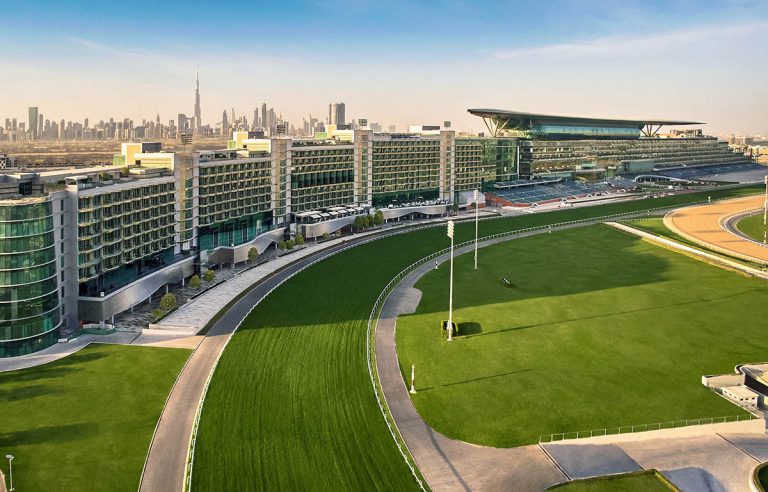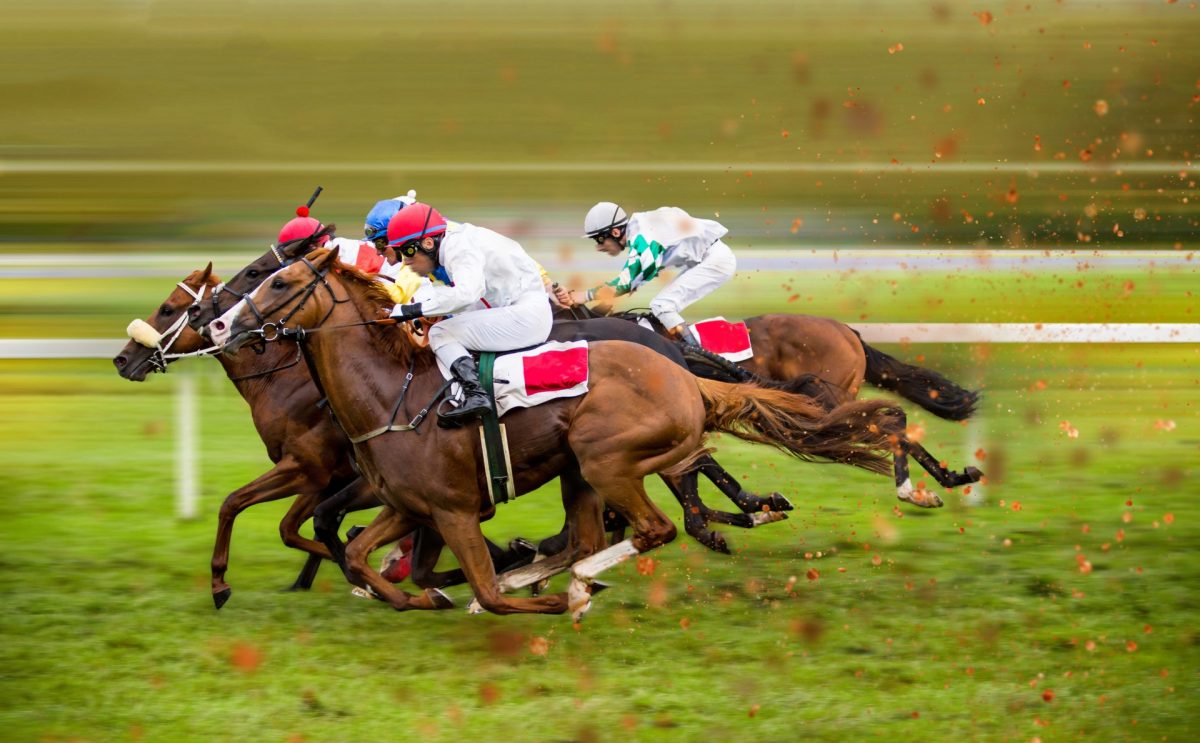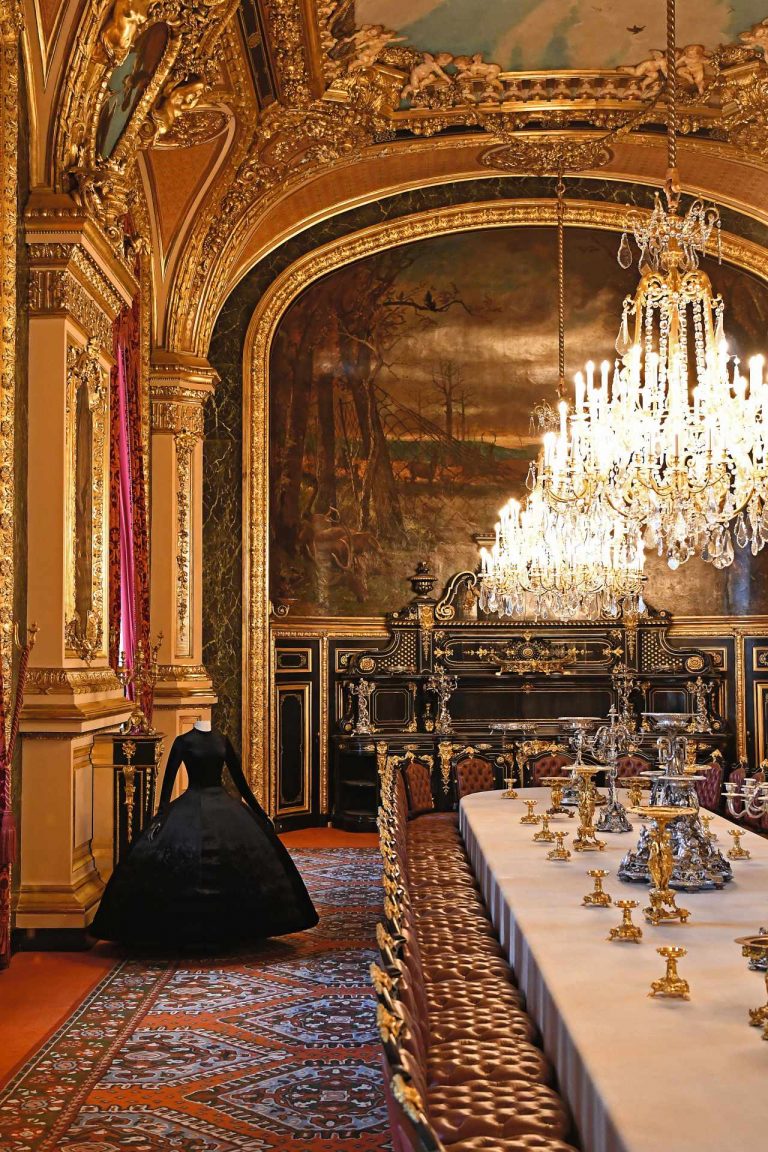The Dubai World Cup, founded 27 years ago, is the youngest tournament in the list of top events in the horse racing industry. But it managed to top the rating of the most expensive events and will likely remain at the top for a long, long time.
The Dubai World Cup is held in the United Arab Emirates every year on the last weekend of March. Saturday, March 25 will be the apotheosis of a long series of Dubai World Cup Carnival qualifiers, which have been held since January to bring out the best of the best. The winner of this year’s grand final race will receive $12 million, and the total prize fund of the competition will be $30.5 million.
The prize is impressive, but the tournament’s history is no less exciting. The Cup was founded in 1996, and it managed to acquire its high international status in an improbably short time.
Despite the Arabs’ love of horses and all kinds of competitions, good racetracks appeared in the Emirates only thanks to Sheikh Mohammed bin Rashid Al Maktoum. He used to study in English Cambridge and Sandhurst, where he acquired a taste for aristocratic entertainment. The Ruler of Dubai then managed to turn his hobby into successful PR for his country. It was not an easy road. In 1986, the dirt tracks of the newly built Nad Al Sheba racetrack were completely washed away by rain that poured for 23 hours straight, and that happened again in 1997: on the very eve of the second Dubai World Cup half of the annual norm of precipitation fell in a day. The start was then postponed for several days, and somehow the racing surface was restored in time.
Since 2010, the Dubai World Cup has been held at the Meydan Racecourse, the largest one in the world. It has grass and dirt tracks, as well as an impressive 20,000-seat grandstand covered by a half-moon titanium canopy, and a racing history museum. A five-star Meydan Hotel, with 95% of its windows overlooking the racecourse, a cinema, many restaurants, parking lots, gardens and even a pond with a marina can be found in its vicinity. Competitions are broadcast on the screen, which is also recognized as the largest in the world — the size of its LED panel is 110 by 10 meters. The Dubai Kahayla Classic is the only race that is held for Arabian horses. The rest are for thoroughbred horses.
Photo: press-office, shutterstock.com




